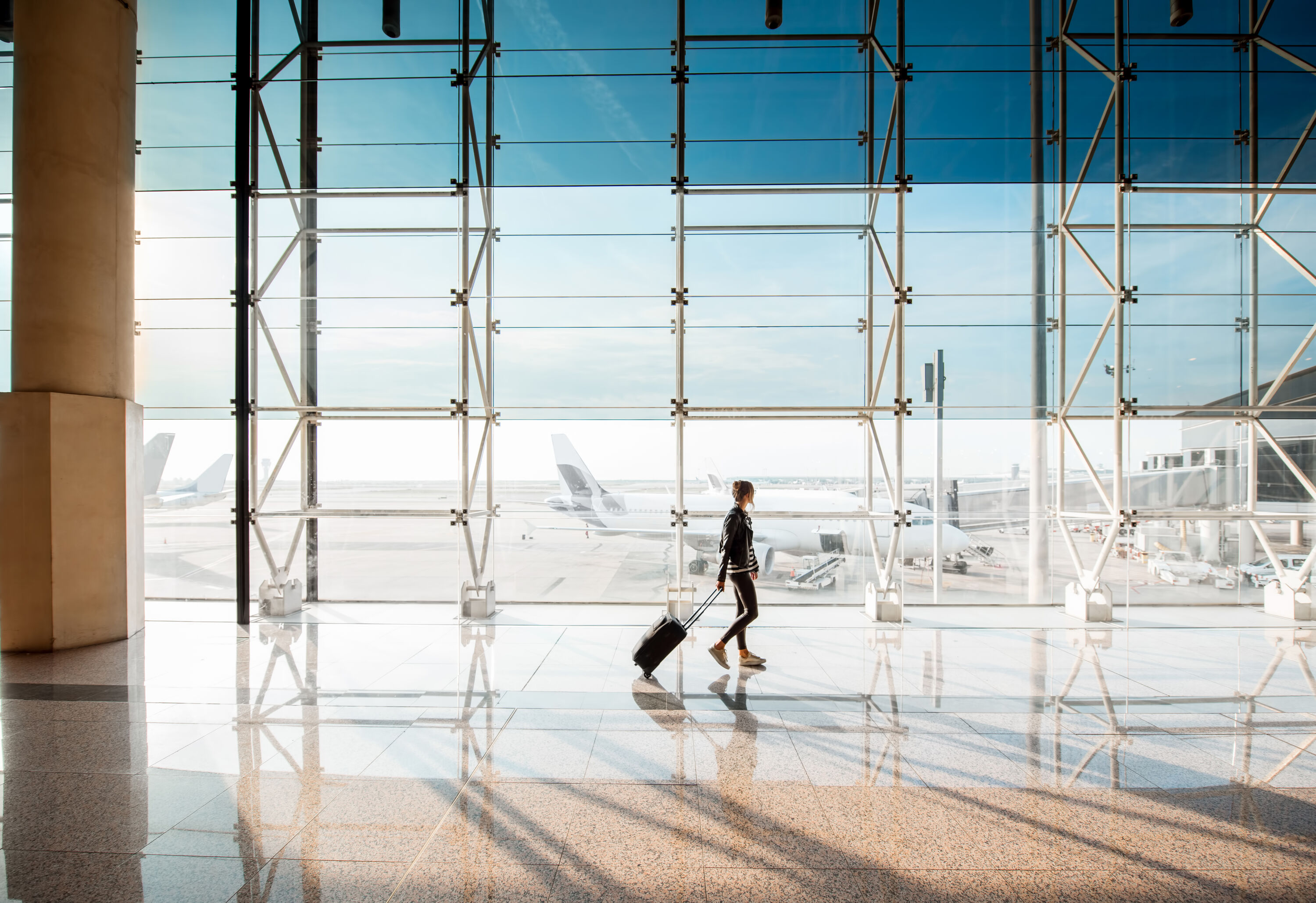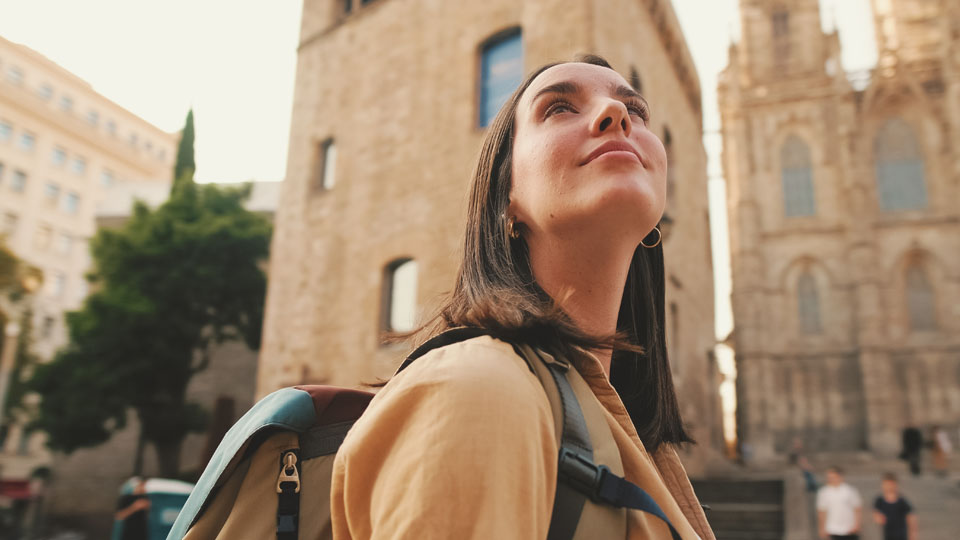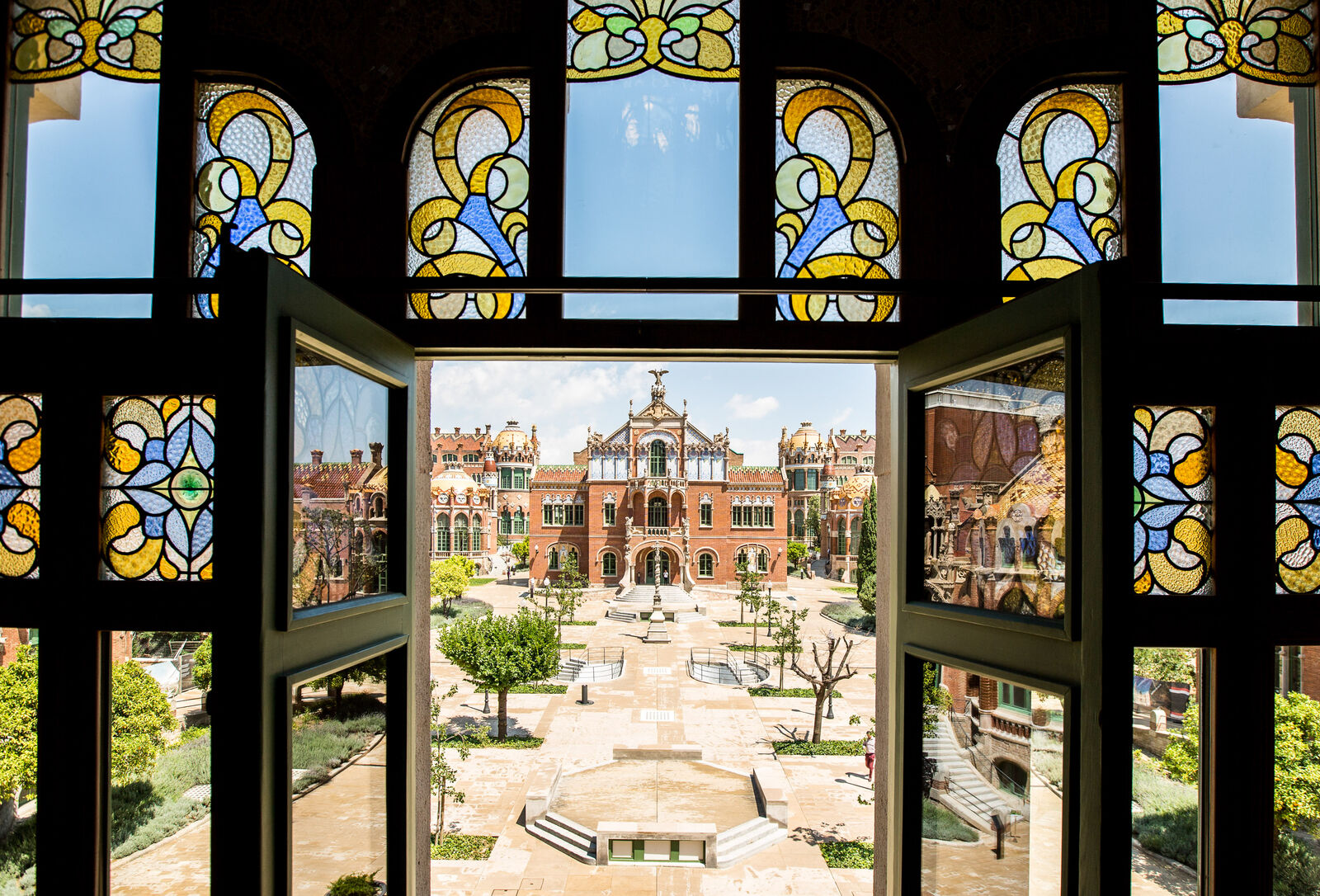Result of your search for "history"
-
Every March, the children of Barcelona enjoy one of the "sweetest" festivals of the city. The streets and squares of the charming district of Gràcia become a festival of sweets, bands and horse carriages. This is the Sant Medir Festival and according to tradition originates from the Saint who lived in the year 303 in Barcelona under the Roman rule of Diocletian, who intensely persecuted Christians. According to legend, Sant Medir's beans grew immediately after they were planted and for this he was taken prisoner. A hermitage was built where the Saint lived to mark the starting point of the pilgrimage. In 1830, a baker from the district of Gràcia made a pilgrimage to the hermitage on his Saint's Day to thank the Saint for a honoured promise. Today, this pilgrimage has become a popular tradition with the participation of "colles" from the districts of Gràcia, Sarrià and Sants. Each year,
-
The Santa Eulàlia Festival, the winter festival of Barcelona, is for all the family. During these magical days, tribute is paid to the brave Laia, the girl who rebelled to defend her aims. For the city of Barcelona, this girl was a symbol of solidarity, in defence of justice and commitment to young people. Santa Eulàlia and la Mare de Déu de la Mercè are co-patron saints of Barcelona. To celebrate this festival, different activities are organized for all the family. You can't miss the giants, the processions or the firework street run, human towers, sardanas dancing and musical bands throughout different routes of the city, apart from other activities for both young and old.
On 12th February, the Santa Eulàlia feast day, several events are held, such as raising the Penó de Santa Eulàlia (reproduction of an old banner of the city) on the balcony of City Hall, sardanas dancing, giants...
-
Barcelona 1700 From stones to people
Under the structure of an emblematic market with iron casting architecture of the 19th century, the archaeological site of 1700 Barcelona is found, which is unique in Europe, along with the old market, the memory of the events of 1714 and exhibitions, all located at El Born Centre Cultural, a new and exceptional historic venue that links three centuries of history.
Barcelona 1700. From stones to people:
An exhibition to recall Barcelona society of the 18th century, that was a dynamic and modern society, but also marked by the wars suffered between 1691 and 1714.
The exhibition includes around 1,800 objects that have provided valuable new information to portray everyday life and how the people of Barcelona lived three centuries ago. Linked to the permanent exhibition at the foot of the site, there will also be three exhibition areas displaying various objects. The most remarkable is the Sala de la Guerra (War Room), where a selection of over three hundred bombs are exhibited, of different sizes, types and materials which were discovered during the excavation.
The exhibition is structured in three major areas: La Gran Casa (The Home), La Ciutat pròspera (The prosperous City), La vida quotidiana (Everyday life), La Ciutat atacada i mutilada (The attacked and mutilated City) and La Ciutat refeta (The rebuilt City).El Born Centre de Cultura i Memòria
Under the structure of an emblematic market with iron casting architecture of the 19th century, the archaeological site of 1700 Barcelona is found, which is unique in Europe, along with the old market, the memory of the events of 1714 and exhibitions, all located at El Born Centre Cultural, a new and exceptional historic venue that links three centuries of history.
Epic, exciting, thought-provoking, memorable, unique, open, inclusive, dynamic, integrated, popular and creative – these are just some of the adjectives that define the experience of entering El Born Centre de Cultura i Memòria, whether it be simply passing through on your way somewhere else or staying for a longer visit.
A stroll through Barcelona's Gothic Quarter brings to light the early Roman city of Barcino and the medieval town with its palazzos, mansions and Gothic churches. This is the style that defines "the heart of Barcelona": a neighbourhood where the splendour of the historic past coexists with the vibrancy of the present.
Barcelona wouldn't be Barcelona without the Rambla. A wander up and down this famous boulevard is a ritual well worth observing. Just soak up the atmosphere and admire the buildings, from the Canaletes fountain to the Columbus Monument, which connect the old and modern city with places like Liceu and Boqueria. A walk through the life and history of the city.
The cradle of Catalan culture, amongst many other cultures and civilisations, and a witness to major transformations such as the Industrial Revolution or the Civil War amongst many others, Barcelona has a fascinating history. Find out more about it!
There are two official languages in Catalonia: Catalan and Spanish, and there are more and more people in the region who understand and speak English. You’re sure to get by.
Barcelona district by district
Discover the characteristics, charm and the most interesting and attractive places of Barcelona's districts and neighbourhoods!
A tour of Roman Barcelona is a box of surprises containing archaeological remains dating from the time the city was established. Barcino, the Roman city founded in the 1st century BC, has left us a valuable legacy, which can be found in the Gothic Quarter, the site of the early walled city.
























